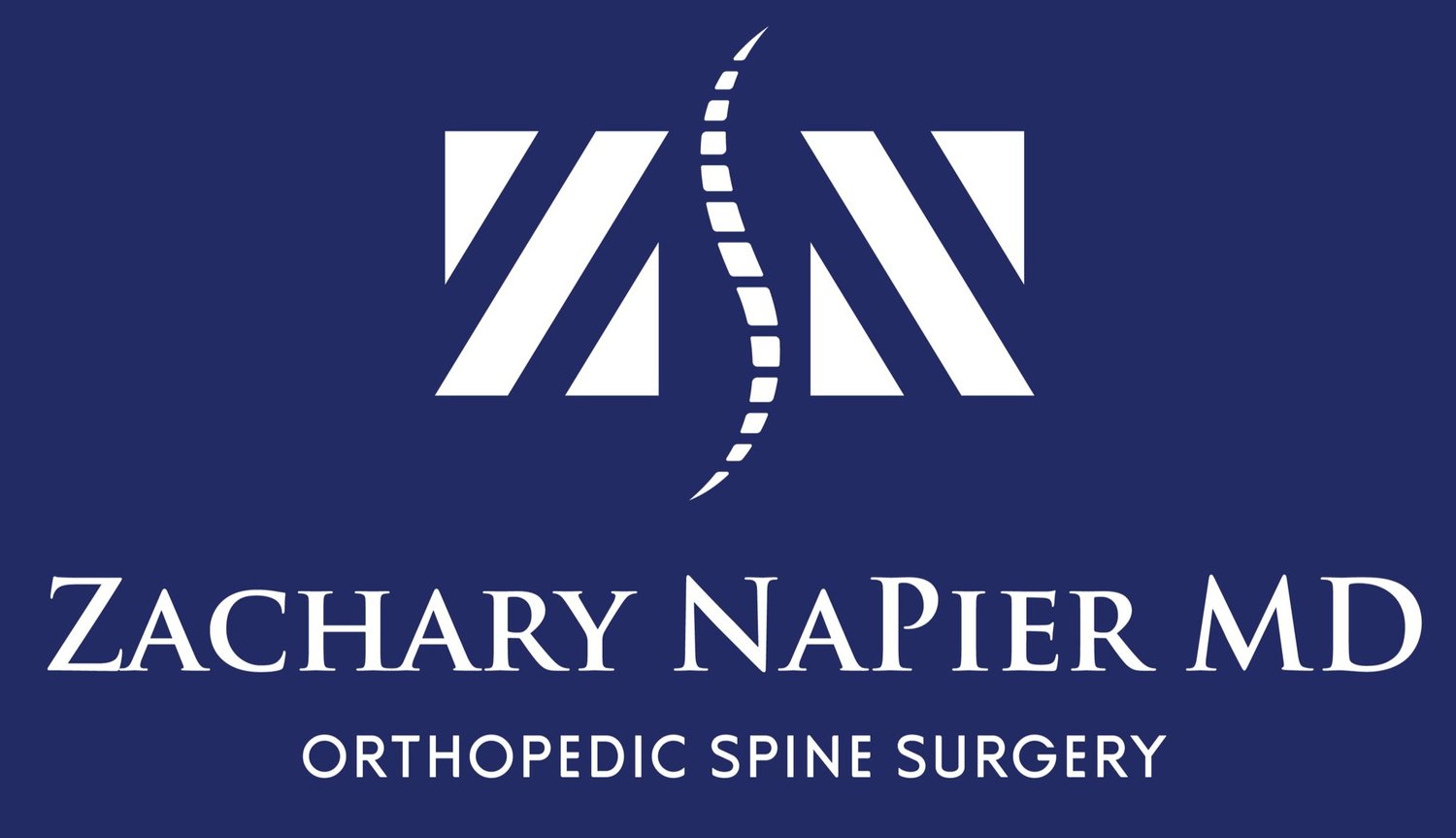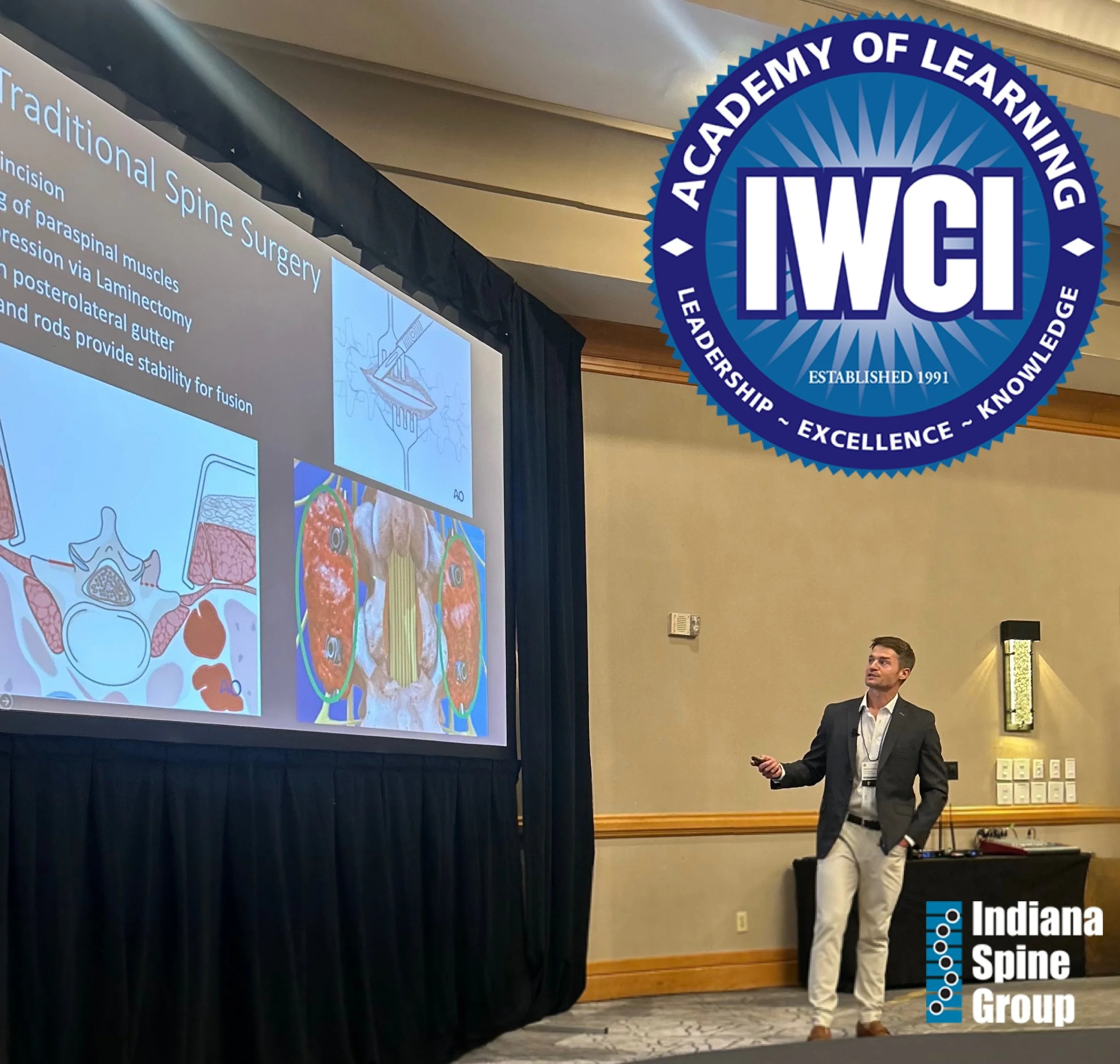Dr. NaPier Publishes new manuscript: Sagittal Plane Optimization with Prone Transpsoas Lateral Interbody Fusion (PTP LIF)
Dr. NaPier published a new manuscript in Seminars in Spine Surgery entitled Sagittal Plane Optimization with Prone Transpsoas Lateral Interbody Fusion (PTP LIF). In this article Dr. NaPier described techniques for achieving optimal spinal alignment in minimally invasive lateral interbody fusion. This is a very powerful technique to correct spondylolisthesis, degenerative scoliosis, and failed back syndrome. This technique is minimally invasive, resulting in less postoperative pain and faster recovery. In minimally invasive surgery it is important to restore the harmonious natural alignment of the spine to maximize function and reduce the risk of having revision surgery in the future. Dr. NaPier is an expert on treating spondylolisthesis, scoliosis, and failed back surgery and this article shares some advanced techniques he uses to improve outcomes for his patients.
Dr. NaPier Speaks at Indiana Worker’s Compensation Institute (IWCI) Annual Seminar
August 8 2025. Indianapolis, IN. Dr. NaPier represented Indiana Spine Group as a featured speaker at the Indiana Worker’s Compensation Institute (IWCI) Annual Seminar. Dr. NaPier presented on Minimally Invasive Lumbar Fusion for Faster Return to Work. Throughout the course of two, hour long lectures, Dr. NaPier engaged a lively crowed of medical and worker’s compensation professionals, describing the history and evolution of spinal fusion surgery. Dr. NaPier presented his original research on Prone Transpsoas Lateral Interbody Fusion (PTP LIF) and the importance of optimizing sagittal alignment while minimizing soft tissue disruption in spinal fusion. This is especially important when treating the injured worker in order to minimize recovery time and minimize the risk of reoperation.
Dr. NaPier Lectures on Optimizing Spinal Alignment with Prone Transpsoas Lateral Interbody Fusion (PTP LIF)
May 20 2025. Seattle, WA. Dr. NaPier represented Indiana Spine Group as faculty at the Seattle Science Foundation's 11th Annual Advanced Lateral Approaches to the Spine Course . Seattle Science Foundation is the world’s premier surgical educational platform and this meeting features the world’s top lateral surgeons including Luiz Pimenta, William Taylor, Juan Uribe, Neel Anand, Rod J. Oskouian, Jens Chapman, Martin Pham, and Nima Alan.
Dr. NaPier gave a talk combining two of his favorite topics, Sagittal Plane Optimization with Prone Transpsoas Lateral Interbody Fusion (PTP LIF) (LINK IN COMMENTS). He also did a cadaveric demonstration of surgical technique for using expandable lateral cages to treat spondylolisthesis and restore lordosis.
Dr. NaPier Demonstrates New Minimally Invasive Technique to Treat Spondylolisthesis (XLIF, Lateral Interbody Fusion, LIF)
June 28 2025. Seattle, WA. Dr. NaPier was recently invited to the Seattle Science Foundation’s 11th Annual Advanced Lateral Approaches to the Spine Course. Seattle Science Foundation is the world’s premier surgical educational platform and this course featured faculty members including Dr. NaPier, Luiz Pimenta, William Taylor, Juan Uribe, Neel Anand Rod J. Oskouian, Jens Chapman, Martin Pham, and Nima Alan. At the course, he performed a cadaveric demonstration of lateral interbody fusion using expandable cage technnology to treat spondylolisthesis, a common cause of lower back and leg pain. Click here to view the demonstration.
Dr. NaPier named Top 20 Spine Surgeon under age 40: NaPier Leads Through Education, Innovation
Dr. NaPier was named to the North American Spine Society (NASS) 7th Annual 20 Under 40 Class. SpineLine's 20 Under 40 program began in 2018 to honor outstanding young spine care professionals under the age of 40 who demonstrate remarkable achievements, community service, and dedication to advancing spine care. This initiative celebrates the future leaders of spine care, recognizing their contributions and potential. Previous honorees have gone on to serve in leadership roles for NASS committees, spine-related journals, and the NASS board of directors.
What is Anterior Cervical Discectomy and Fusion (ACDF)?
Anterior Cervical Discectomy and Fusion (ACDF) is a classic and very reliable surgery that treats pinched nerves (cervical radiculopathy) or a compressed spinal cord (cervical myelopathy). This surgery is a gold standard operation and was first described by Smith and Robinson in 1958. This is the original minimally invasive spine surgery as the surgery is performed in the plane BETWEEN structures in the neck and involves minimal muscle dissection.






